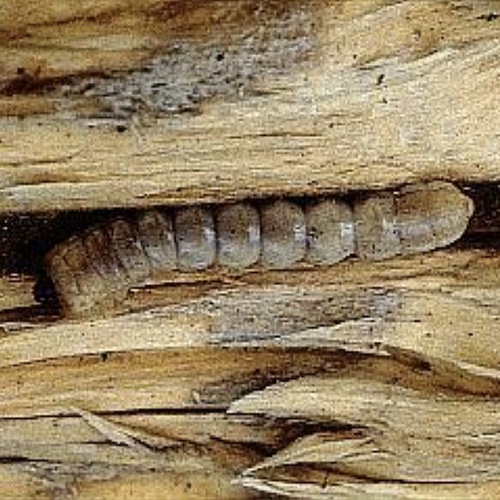
Knowledge Hub
Xylotrechus quadripes (Coffee stem borer)

Scientific name
Xylotrechus quadripes
Common name
Coffee stem borer
Source: PlantwisePlus Knowledge Bank
Prevention and Control
Prevention
- Maintain optimum shade and soil moisture in the coffee orchard
- Plant coffee at altitude 800 m.a.s.l
- Don’t plant coffee trees with twisted taproots
- Remove crop residues and dispose off by burning during land preparation to reduce infestation on subsequent crop
- Frequently weed to remove host plants such as volunteer coffee plants
Monitoring
- Look out for:
- Tunnels on the upper part of coffee branches
- Deposition of eggs in the cracks, crevices and the bark of the main stem
- Wilting and yellowing of leaves and death of branches
- Evidence of frass on the ground
- Take action when 5% of crop is affected
Direct control
- Paste neem leaf extract on the stem twice a year. It should be applied at beginning of the season
- Spray the main stem with neem kernel extract. Drench plants using azadirachtin (Achook® or Nimbecidine ®) at the rate of 50 ml in 20 L of water
- Spray 10% lime at a rate of 10 kgs in 100 litres of water
- Use coffee stem borer Pheromone traps with Kairomone attractants. 8 per hectare
- Poke the larvae with a sharp wire inside the holes
- Prune and uproot the infested plants and destroy by burning
- Spray using entomopathogenic fungi such as Beauveria bassiana and Metarhizium anisopliae
Search
Activities
Downloads
© 2024 Safer Spice. All rights reserved.

 BACKGROUND
BACKGROUND



